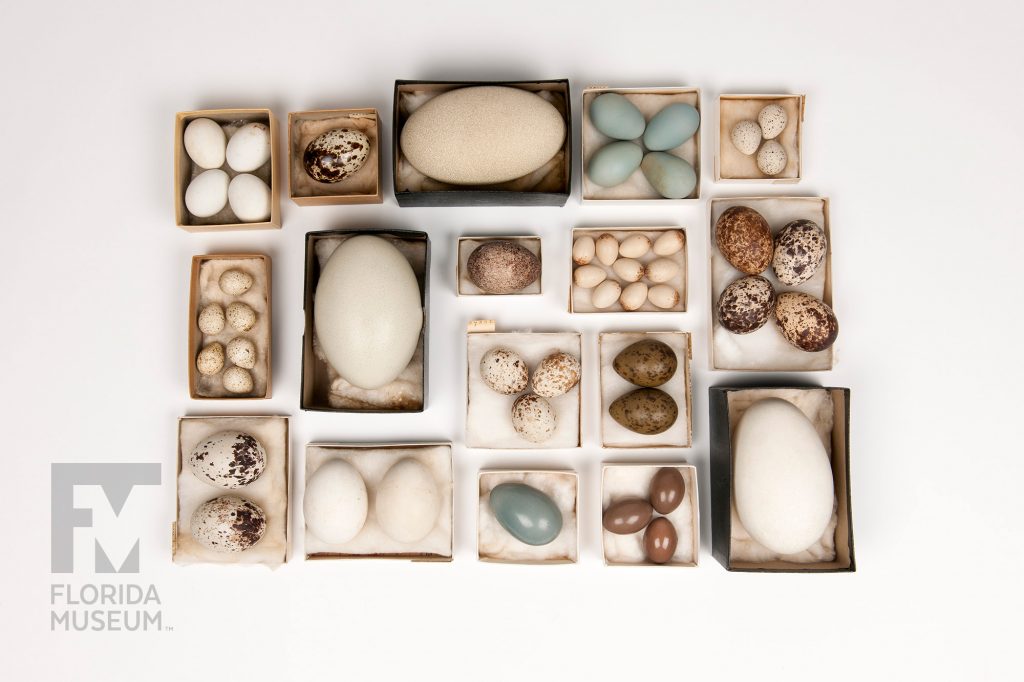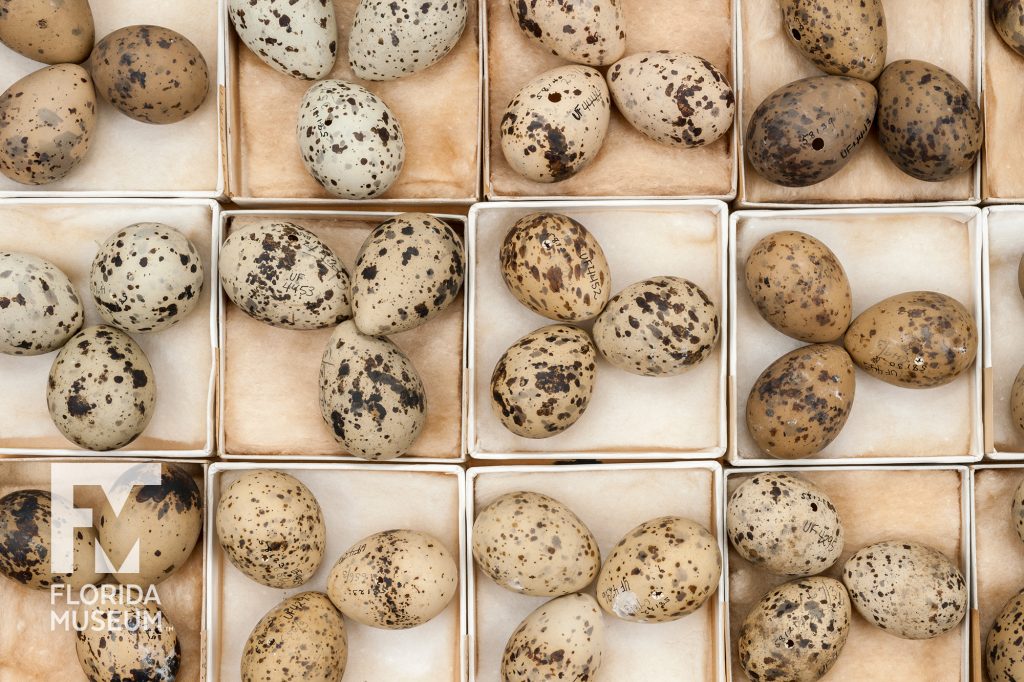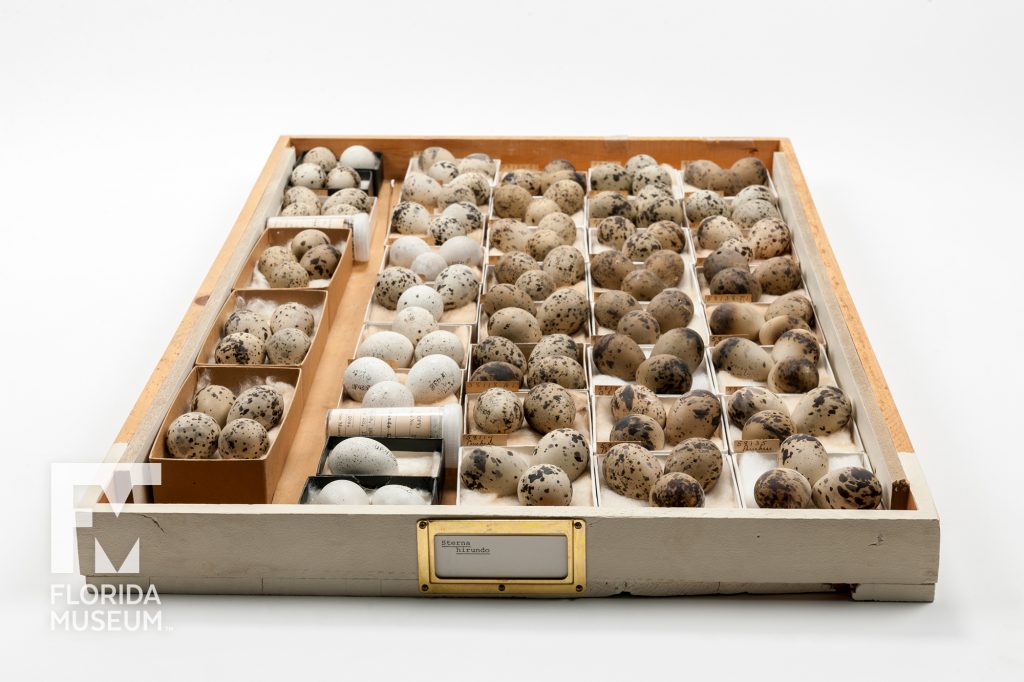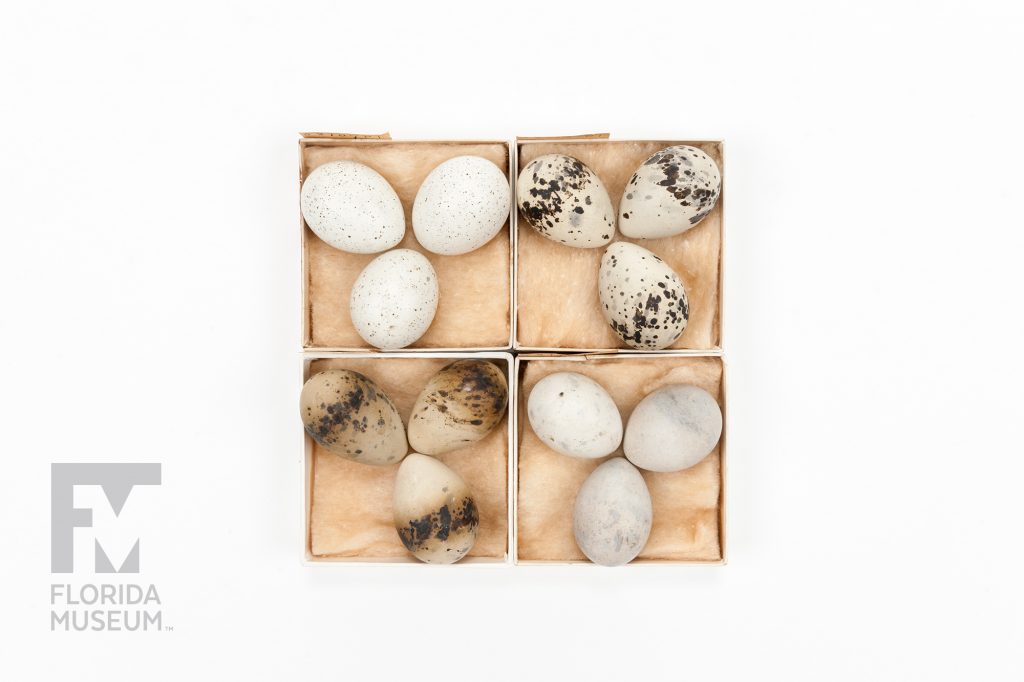Charles Doe was the Museum’s first Curator of Birds, 1932–1946. The Doe eggs and associated historical data have been extensively used for research, including important studies in the 1960s that led to the ban of DDT – a pesticide detrimental to several bird populations.
Summary
Bird Eggs, Various species
Collected in Florida, 1800s
From the Charles Doe Collection
Collection
Story
The Charles Doe egg collection, I consider to be the core original scientific collection for the Florida Museum of Natural History. Before that the Museum consisted mainly of a miscellanea of a little of this and a little of that, and Mr. Doe’s collection was the first large collection that had a theme – in this case taxonomic (birds) and geographical (North America) – that had been filled out thoroughly and was well-documented scientifically. So it had a unity and a breadth that the Museum’s collection hadn’t had before.
It represents about 75 percent of the species and subspecies of North American birds. Each specimen comes with a handwritten record of all of the collecting data that were pertinent; that included nests, the details about nest sites, and the incubation stage of the eggs and various other things.
The egg collection was the life work of Mr. Doe, who for the first half of his life was strictly an amateur. He probably did not have a high school education, was early obsessed with birds and began his spectacular collection in the early 1880s. By the time he was finished with it, it consisted of about 13,000 individual sets or clutches representing the geographical and taxonomic categories that I mentioned before.
He worked on this as a sideline to his means of getting a living. He lived in Rhode Island and was a coal dealer as well as a few other things for most of his working career. He became close friends with an amateur naturalist who was a wealthy manufacturer who decided to, in Charles Doe’s later years, offer the collection to the University of Florida with an endowment. So the deal was that if the University would take the collection and the endowment they would also offer Mr. Doe a position at the state’s museum.
So Mr. Doe became the first curator in the early 1930s of a dedicated collection other than the general collection duties that the director, Thompson van Hyning, had taken upon himself up to then. Up to that time Thompson van Hyning was a jack-of-all-trades and had done everything. Charles Doe was the first one who came along to be the curator of what we now call a division within the Museum, that is the Division of Birds. So he is the ancestor of us all, including especially those of us in the Division of Birds.
Tom Webber
Collection Manager, Ornithology*
Florida Museum of Natural History
Additional Information
Bird Eggs Key
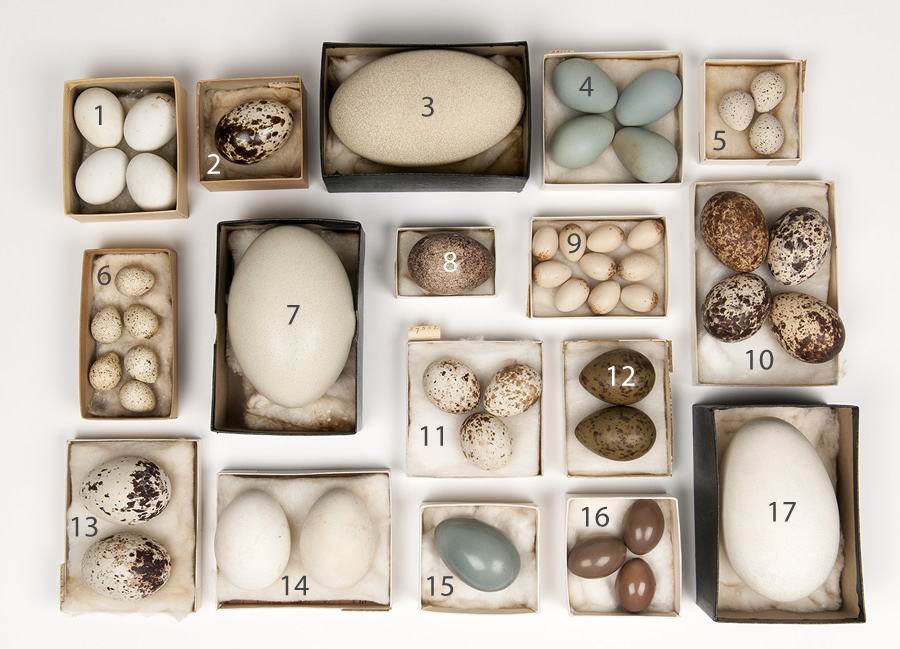
1. Cooper’s Hawk, Accipiter cooperii
2. Short-tailed Hawk, Buteo brachyurus
3. Northern Cassowary, Casuarius unappendiculatus
4. Glossy Ibis, Plegadis falcinellus
5. Piping Plover, Charadrius melodus
6. California Quail, Callipepla californica
7. Greater Rhea, Rhea americana
8. Red-tailed Tropicbird, Phaethon rubricauda
9. Yellow Rail, Coturnicops noveboracensis
10. Osprey, Pandion haliaetus
11. Swallow-tailed Kite, Elanoides forficatus
12. Parasitic Jaeger, Stercorarius parasiticus
13. Turkey Vulture, Cathartes aura
14. Bald Eagle, Haliaeetus leucocephalus
15. Gray Tinamou, Tinamus tao
16. unidentified tinamou, family Tinamidae
17. Wandering Albatross, Diomedea exulans
Exhibit
On display Sept. 23, 2017-Jan. 7, 2018, Rare, Beautiful & Fascinating: 100 Years @FloridaMuseum celebrated the Museum’s rich history. Each Museum collection was asked to contribute its most interesting items and share the stories that make them special. Though the physical exhibit is closed, this companion website remains online, providing an opportunity to experience the Florida Museum’s most treasured specimens.
Exhibit Area: 100 Years of History
Theme: Historical Collections
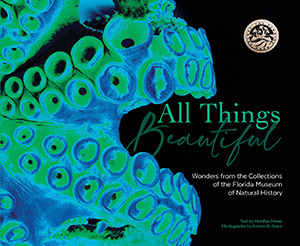 Want to see more? Explore more than 300 breathtaking color photos of plants, animals, fossils and cultural heritage materials from the Florida Museum of Natural History’s collections in the award-winning book All Things Beautiful available from the University Press of Florida.
Want to see more? Explore more than 300 breathtaking color photos of plants, animals, fossils and cultural heritage materials from the Florida Museum of Natural History’s collections in the award-winning book All Things Beautiful available from the University Press of Florida.
*This title was accurate at the time the exhibit was on display in 2017. Please visit the collection website to verify current staff and student information.
